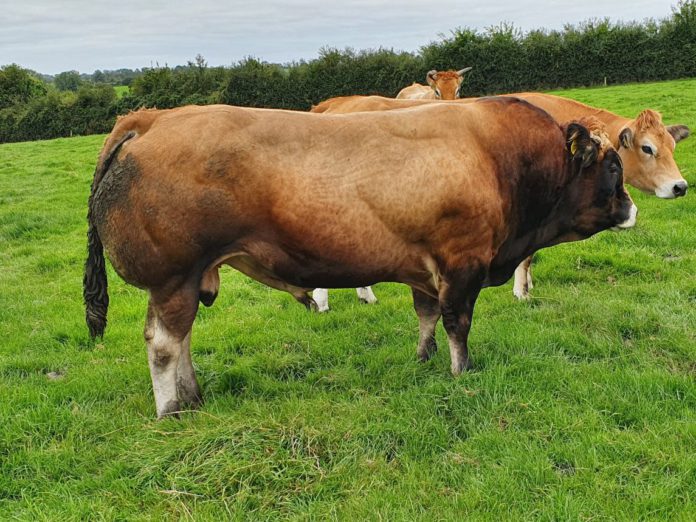Stockbull management – top tips ahead of breeding season
According to Catherine Egan, Teagasc beef specialist, a stock bull on your farm is key to maintaining a compact calving period, maximising the genetic potential and value of the calf crop, and overall herd profitability.
She highlighted that with four out of every five calves born on beef farms sired by a stock bull, a stock bull’s fertility is vitally important.
She listed 10 tips to assess your bull in advance of the breeding season.
Bull NCT:
- Bull fertility check: A bull’s fertility status can change, from year to year. Therefore, it is good practice to have a fertility test carried out on the stock bull, prior to the start of the breeding season. It is estimated that 25% of stock bulls are sub-fertile. The cost of the test is very low if you compare it to carrying empty cows for the summer and results are available to you before the technician leaves the yard.
- Body Condition Score: A bull must be able to maintain body condition score (ideally BCS 3), repeatedly mount and serve cows for 12 weeks and have a long working life in the herd. If you have bought a bull, find out from the seller what diet and current concentrates he is being fed and vaccinations he has received.
- Health: A blood test might be useful to check for BVD, IBR, Johnes Disease and Leptospirosis. If vaccinating or treating for parasite, you should administer these at least six to eight weeks in advance of the breeding season as they could lead to reduced fertility. Consult your vet for advice on the health of the bull. Remember, a young bull in his first season should serve no more than 20 cows.
- Nutrition: It is important to avoid sudden changes and not to overfeed the bull as this can reduce fertility and lead to feet problems. He needs to be fit but not over-fat.
- Visual check: In advance of the breeding season, check feet and legs well and take remedial action if required.
Stockbull management – Scanning, rotating and recording data
- Observe: Watch the bull working to check he is serving cows correctly.
- Rotate: If possible, rotate bulls or scan cows early so that you can identify an infertile bull or sub-fertile bull early.
- Records: Record when you see a cow being mated and watch for signs of cows coming on heat repeatedly.
- Issues: If a large number of your cows are repeating, you need to take action to find out what is wrong. You must be prepared to start using AI or if you have a second bull with another group of cows, you may use him to serve more cows.
- Pregnancy scanning: When it is at least 35 days since the last cow in the herd could have been served, then you should consider scanning the cows. It offers many advantages.
Buying a new bull
FRS recently outlined tips for farmers to consider when buying a young bull.





